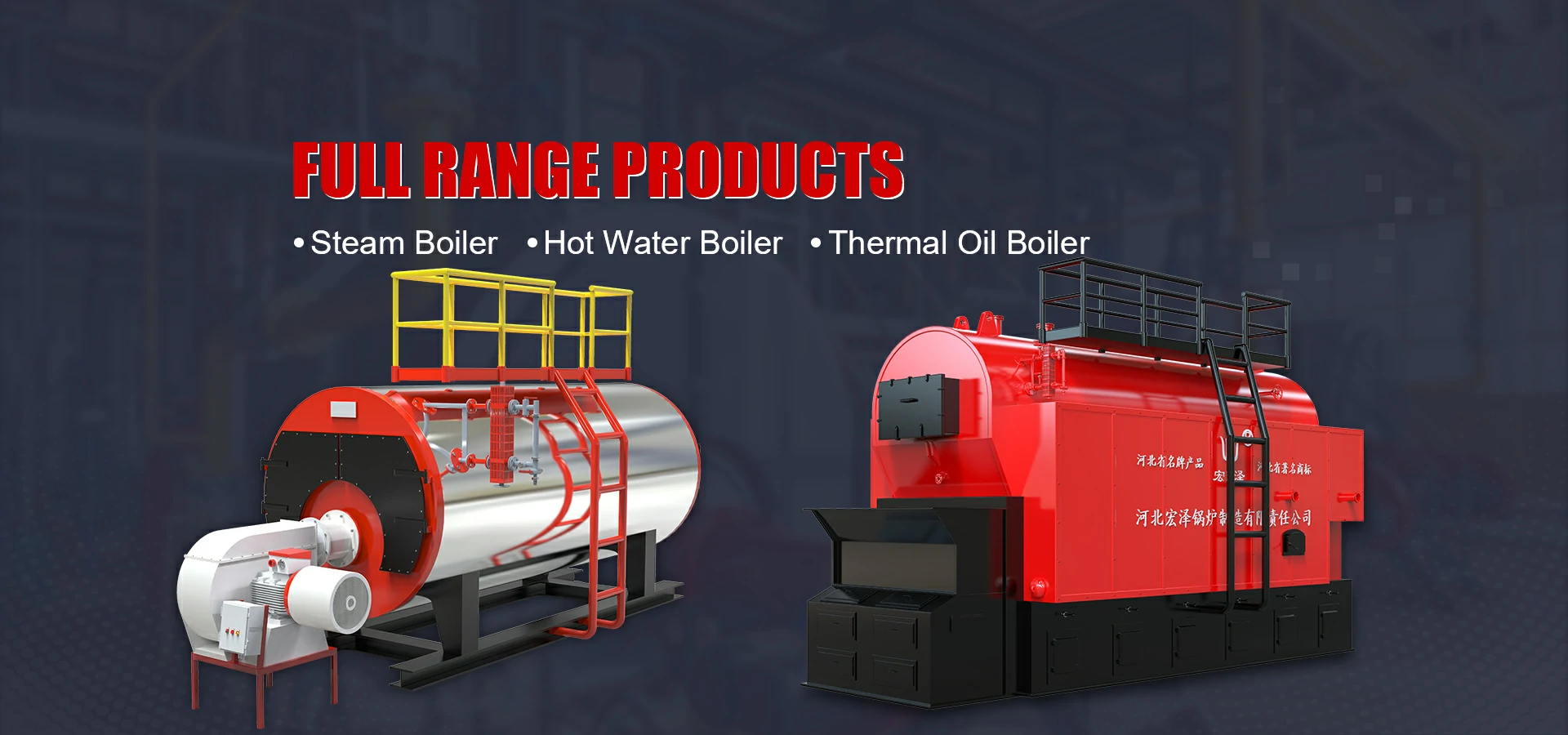
កញ្ញា . 22, 2024 11:23 Back to list
boiler steam pressure control system
Boiler Steam Pressure Control System
A boiler steam pressure control system is a critical component in industrial processes that utilize steam for power generation, heating, or other applications. The ability to maintain optimal steam pressure ensures efficient operation, safety, and performance of the steam generator and downstream processes.
At its core, the steam pressure control system regulates the pressure within the boiler to ensure that it remains within specified limits. This is essential because excessive pressure can pose serious safety hazards, potentially leading to boiler explosions or catastrophic failures. Conversely, insufficient pressure can affect process efficiency and output, leading to losses in productivity and increased operational costs.
The control system primarily consists of sensors, control valves, and a feedback mechanism. Pressure sensors continuously monitor the steam pressure within the boiler. These sensors convert pressure readings into electrical signals that can be analyzed by the control system. When the pressure deviates from the setpoint, the control system takes action to rectify the situation.
The control valves play a crucial role in modulating the flow of steam or water into and out of the boiler. If the pressure exceeds the setpoint, the control system may signal the valves to release excess steam into a condensate return system or to the atmosphere, thus reducing pressure. Conversely, if the pressure drops below the desired level, the system may open valves to allow more water to enter the boiler or increase fuel supply to raise the temperature and generate more steam.
boiler steam pressure control system

One common method of pressure control is the use of a PID (Proportional-Integral-Derivative) controller. A PID controller continuously calculates the error between the desired pressure (setpoint) and the measured pressure. By adjusting the control outputs based on proportional, integral, and derivative terms, this controller effectively minimizes pressure fluctuations and ensures stable performance.
Automation in boiler steam pressure control systems has revolutionized how industries manage their steam generation. Modern systems often incorporate advanced technologies such as real-time monitoring, predictive analytics, and remote control capabilities. These advancements not only enhance operational efficiency but also contribute to energy savings and reduced emissions.
Moreover, regular maintenance and calibration of the steam pressure control system components are vital to ensure reliability and performance. Any malfunction in sensors, control valves, or the PID controller can lead to significant operational disruptions. Therefore, implementing a preventive maintenance schedule is essential for minimizing downtime and extending equipment life.
In summary, a well-designed boiler steam pressure control system is indispensable for the safe and efficient operation of steam-generating facilities. By ensuring that steam pressure remains within optimal limits, industries can achieve better efficiency, reduce operational risks, and enhance overall productivity. As technology advances, these systems will continue to evolve, offering even greater levels of control and efficiency in steam generation processes.
-
Efficient Biomass Fired Hot Water Boiler | AI Heating Solution
NewsAug.01,2025
-
High-Efficiency Gas Thermal Oil Boilers | HPT Models
NewsJul.31,2025
-
Oil Fired Hot Water Boilers Sale - High Efficiency & Affordable
NewsJul.31,2025
-
High-Efficiency Commercial Oil Fired Steam Boiler for Industry
NewsJul.30,2025
-
High-Efficiency Biomass Fired Thermal Oil Boiler Solutions
NewsJul.30,2025
-
High Efficiency Gas Fired Thermal Oil Boiler for Industrial Heating
NewsJul.29,2025
Related PRODUCTS






















